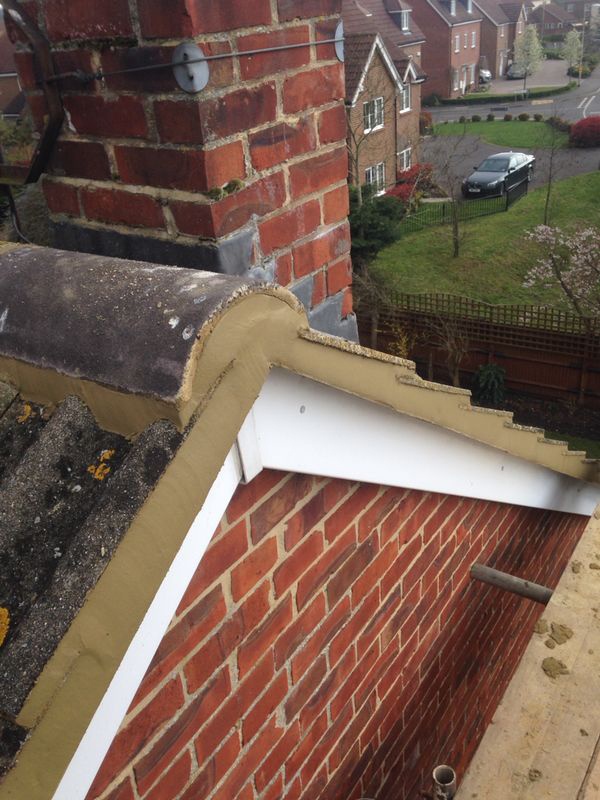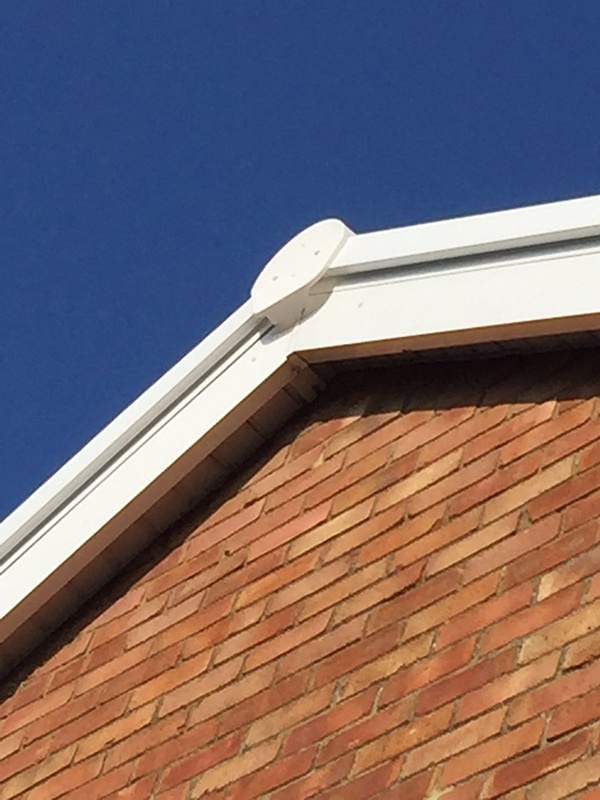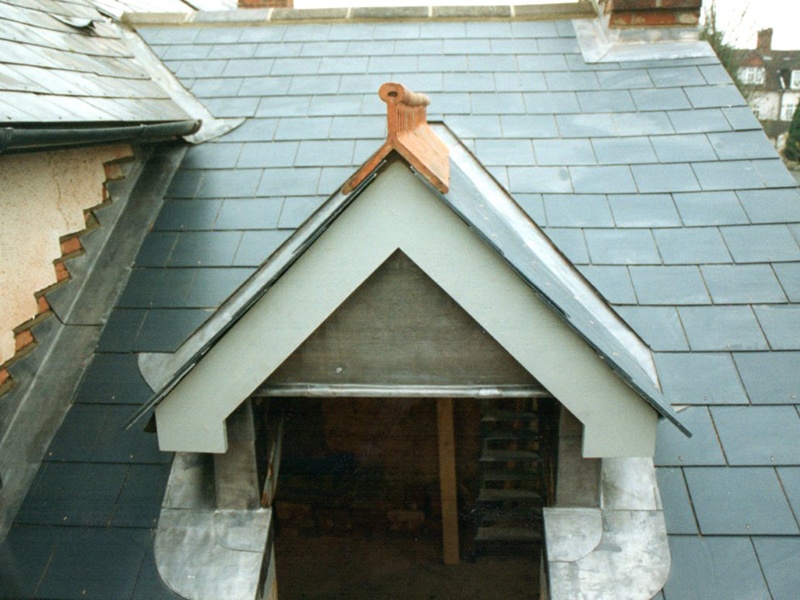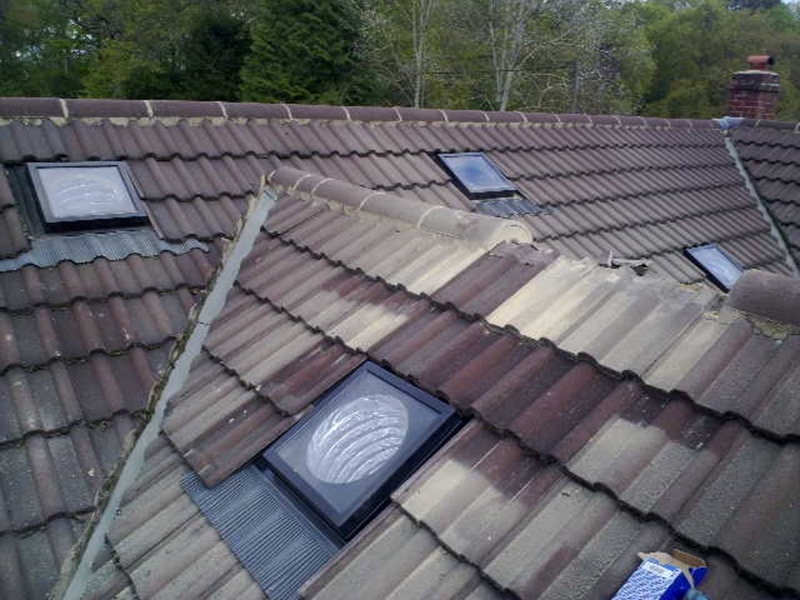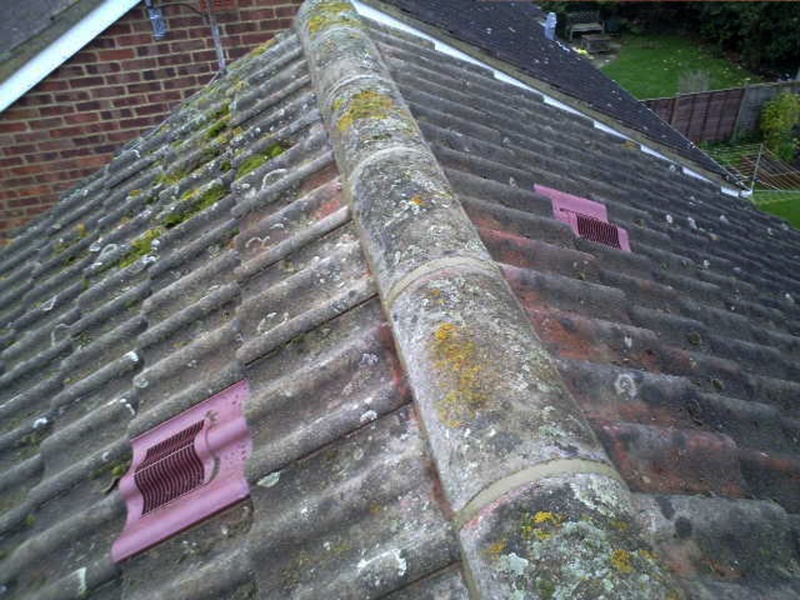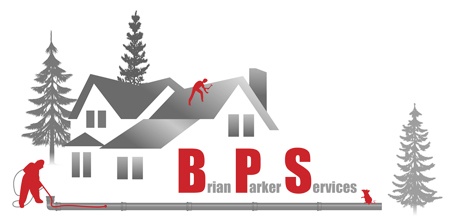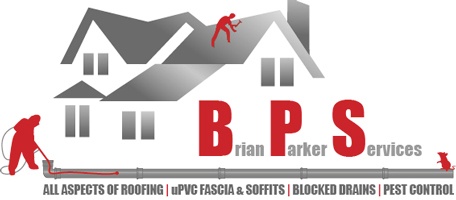Ridge Tile Repair berkshire
As from the start of January 2016, new codes of practice were recommended to the roofing industry as a guide to cover all aspects of new roofing & re-roofing including that of ridge tile repair berkshire.
One of the areas I’d like to discuss is that of loose and missing ridge tiles and indeed loose mortar around roofs in general linked in with these new guidelines.
Modern day mortar certainly on new builds has always been mixed with colourants or dyes to match in with the roof tiles. As a master craftsman I am dismayed at the stupidity of this process as we see the end result a short time into the mortar’s life span. For many years we’ve know that contractors adding colourant to mortar will dramatically increase the speed in which the mortar decays, hence every time there’s a big storm it’s often the new builds that have ridge tiles blown off! This hasn’t gone unnoticed and subsequently, the introduction of mechanically fixed apex/hip ridge systems are now becoming the norm.
Mechanically fixed means no mortar is required except on the mitre points. However, if you already have mortar work beneath your ridge tiles or hips, then not a problem. The guidelines recommend that we re-bed the ridge tiles back on with a quality mortar and also drill and fit a fixing between the ridge tiles with a stainless steel clip and neoprene gasket to ensure that excessive high winds cannot dislodge ridge tiles.
Damaged or Missing Verge Tiles to Gable End Roofs
Option one
Re-mortar and fix every course or use the new method of using uPVC verge covers (see details on ridge tiles/mortar work).
Up until recently all gable end roof tile verges have been fitted and sealed with mortar supported by an undercloake. Due to everyday expansion and contraction, if poor quality mortar was used originally then cracks will appear on these gable ends allowing water to ingress and run down internally. This can rot out the box ends which I explained in our uPVC section as a fault!
In the last 10-15 years or so we’ve seen new houses being built with the gable end mortar work being replaced with plastic cappings. This does away with the need for cement and an undercloake but the majority of properties in the UK still have mortar. Chances are you are reading this because your ridge or verge tiles have been affected by one of the above reasons.
With regards to repairs, options within the new codes of practice outlines re-running verge tiles, thus ensuring all verge tiles are mechanically fixed (which they should have been anyway!)
I always advocate uni-bonding the surface of the undercloake with PVA adhesive so that the fresh mortar really sticks to the undercloake and prevents water ingress.
Option two
Fit uPVC cover trim over the complete end verge tiles, (please see photographs with this page). You will see that no water can enter into the roof ends and it is much more unlikely for individual roof tiles to get blown off as they are covered & clipped in within the edge trim. This is a much stronger option.
I am a real convert of this second option having seen the benefits and installed them. However, these trims cannot be used on more period type properties or listed buildings whereby lime mortar will generally be required and a different set of skills & understanding is required.
Having looked after many historical churches and buildings throughout our family business, we are well placed to deal with any roofing issues you have along with period re-pointing works and also happy to inspect and advise you of the best repair options on any roofing matters.
